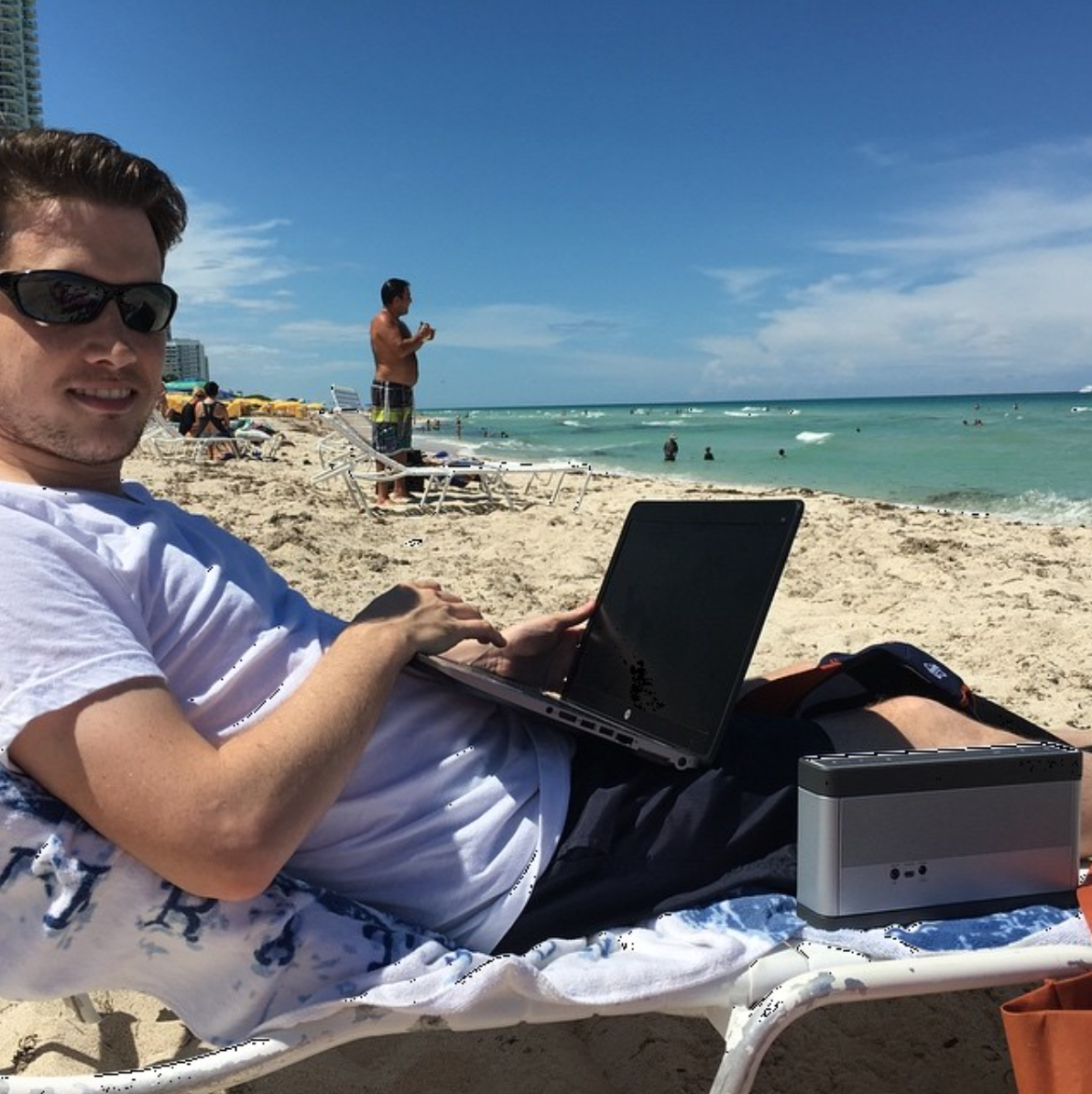Have you ever bought an option, picked the right direction, and still lost money?!
That’s the weird thing about trading options … Sometimes, you can be right on your trade thesis and lose money.
But there’s an easy way to avoid this … you must understand how options contracts are priced.
A variety of factors influence option pricing beyond the price of the underlying stock. Great options traders understand this.
Think about how a five-star chef prepares a dish…
Sure, they have a great recipe. But if they don’t also measure their ingredients to utter perfection … the recipe won’t matter much.
Well, the same goes for the ingredients of an options trade.
In this analogy, your strategy is your recipe … while the ingredients are your understanding of how options are priced.
Bottom line: If you don’t consider the ingredients, your dish won’t taste very good (and it’ll cost a lot more than it should).
With this in mind, I’d like to take this opportunity to explain exactly how options contracts are priced.
Keep reading and I’ll show you…
Intrinsic Value
The first thing to understand when looking at options prices is the concept of intrinsic value.
Intrinsic value is calculated by determining how much of the contract’s total cost (or premium) is made up of the difference between the current share price and the strike price.
For example … let’s say you’re holding $105 calls on Stock XYZ, which is currently trading for $110…
If you paid $1.00 in premium for the $105 calls, then the intrinsic value of your contracts is currently $4.00.
Here’s the formula…
$110 (share price) – $105 (strike price) – $1.00 (premium) = $4.00 (intrinsic value).
But you may be wondering … why should you pay attention to intrinsic value?
Because once we get to our next topic, it’ll show you how much you’re paying (or how much your options are worth) beyond the actual financial value of the contract.
Additionally, the higher the intrinsic value of your contracts is … the more sensitive the options will be to the moves in the underlying stock (a concept known as delta).
Now, back to something we mentioned earlier. Delta is what causes newbies to lose money when they’re right.
Let me explain…
If your contracts have a low delta (and low intrinsic value), their prices are vulnerable to change completely independently of the share price.
Delta is the reason you can be correct on the direction of the share price and still lose money trading options.
This can be confusing to those new to options trading, but it’s nothing to worry about if you understand the other factors that contribute to how contracts are priced.
And that brings us to our next topic…
Extrinsic Value
The two most important aspects of options trading are direction and time.
Intrinsic value covers direction … but what about the time value of your contracts?
Time value is the extrinsic value of any options contract … it’s what you’re paying for as an options trader being the intrinsic value.
The more time is left before your contract’s expiration date, the higher its extrinsic value (and overall premium) will be.
We’ve all looked at 0DTE (days-to-expiration) contracts before. And you’ve probably noticed that they’re very inexpensive, right?
Well, this is due to their extrinsic value being so low. Think about it…
With only a few hours left to hit your strike price, it wouldn’t make much sense to charge you an arm and a leg in time value. No one would pay that.
Additionally, time decay must be considered…
At the beginning of a contract’s life span, the time decay will be relatively slow. (This is measured via a metric known as theta.)
But as the contract gets closer to its expiration date, the time decay will ramp up exponentially, causing the extrinsic value of the contract to plummet.
This is why you must understand both the intrinsic and extrinsic value of options contracts … each plays a vital role in calculating the premium you pay for the right to trade.
Final Thoughts
I think a lot of options-trading mistakes could be avoided if traders simply understood more about how contracts are priced.
Options are complex and I couldn’t cover everything about options pricing today. Take some time on your own to research this topic.
By doing so, you’ll potentially get ahead of a large number of traders who blindly buy options without understanding how they’re priced.


